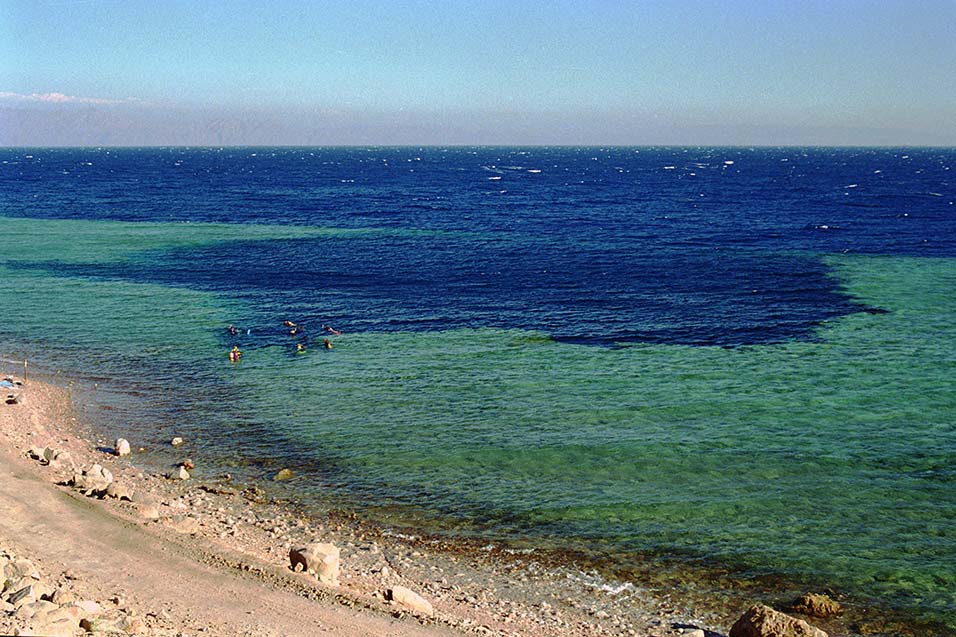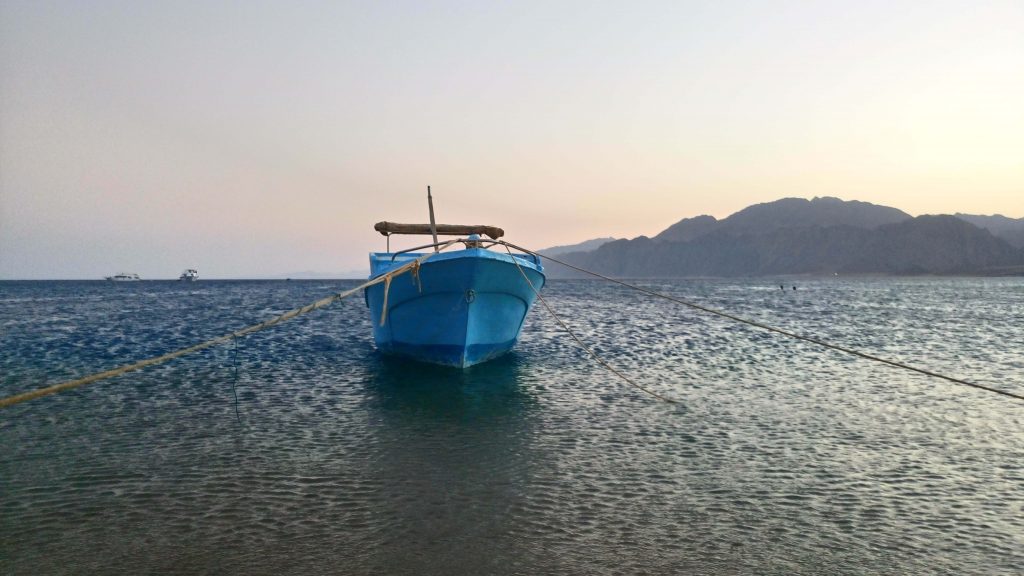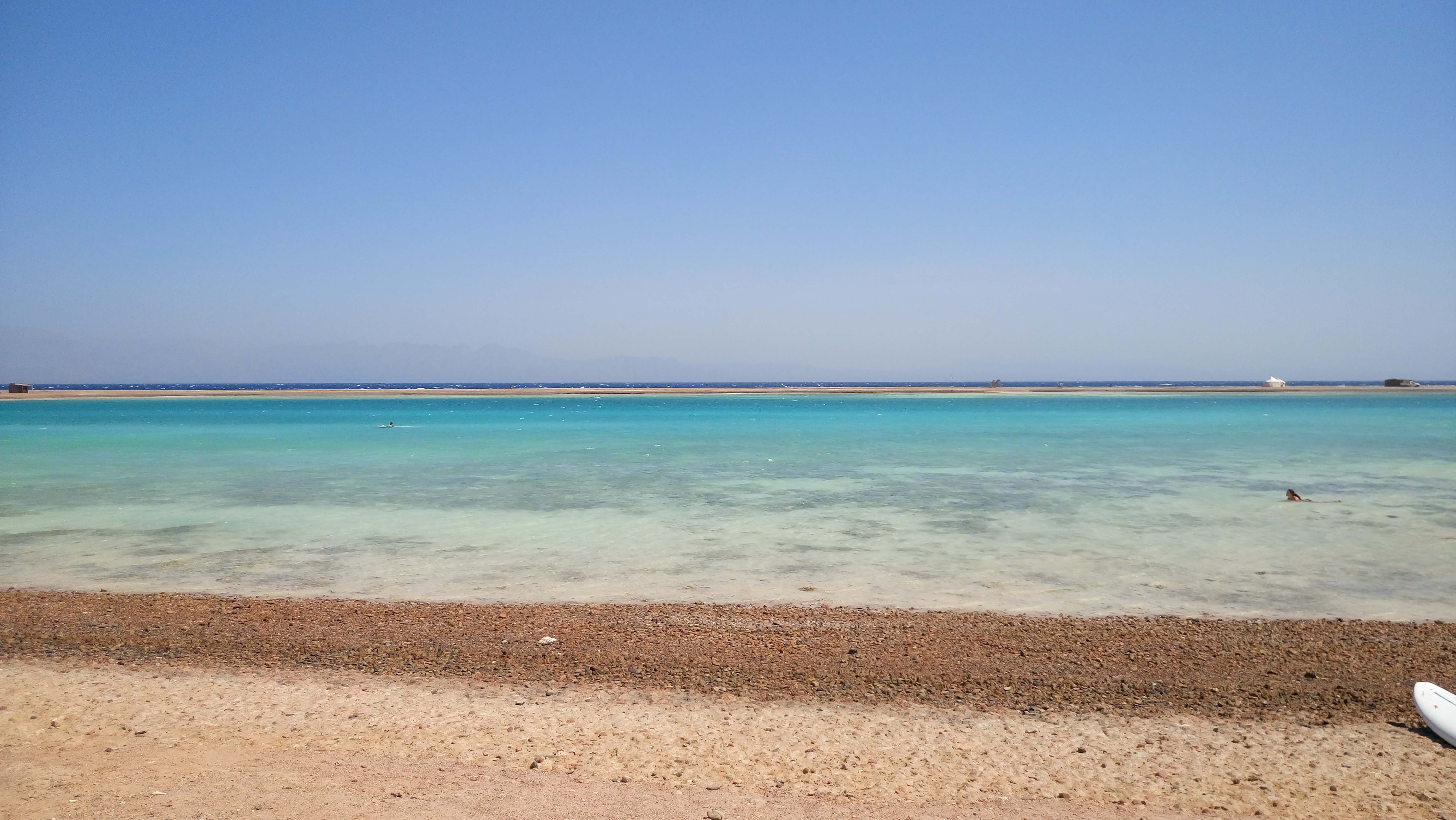1. Cleopatra was not Egyptian.
Universal History Archive/Getty Images
Along with King Tut, perhaps no figure is more famously associated with ancient Egypt than Cleopatra VII. But while she was born in Alexandria, Cleopatra was actually part of a long line of Greek Macedonians originally descended from Ptolemy I, one of Alexander the Great’s most trusted lieutenants. The Ptolemaic Dynasty ruled Egypt from 323 to 30 B.C., and most of its leaders remained largely Greek in their culture and sensibilities. In fact, Cleopatra was famous for being one of the first members of the Ptolemaic dynasty to actually speak the Egyptian language.
2. The ancient Egyptians forged one of the earliest peace treaties on record.
Giovanni Dall'Orto/Wikimedia Commons
For over two centuries the Egyptians fought against the Hittite Empire for control of lands in modern day Syria. The conflict gave rise to bloody engagements like 1274 B.C.’s Battle of Kadesh, but by time of the pharaoh Ramses II neither side had emerged as a clear victor. With both the Egyptians and Hittites facing threats from other peoples, in 1259 B.C. Ramses II and the Hittite King Hattusili III negotiated a famous peace treaty. This agreement ended the conflict and decreed that the two kingdoms would aid each other in the event of an invasion by a third party. The Egyptian-Hittite treaty is now recognized as one of the earliest surviving peace accords, and a copy can even be seen above the entrance to the United Nations Security Council Chamber in New York.
3. Ancient Egyptians loved board games.
After a long day’s work along the Nile River, Egyptians often relaxed by playing board games. Several different games were played, including “Mehen” and “Dogs and Jackals,” but perhaps the most popular was a game of chance known as “Senet.” This pastime dates back as far as 3500 B.C. and was played on a long board painted with 30 squares. Each player had a set of pieces that were moved along the board according to rolls of dice or the throwing sticks. Historians still debate Senet’s exact rules, but there is little doubt of the game’s popularity. Paintings depict Queen Nefertari playing Senet, and pharaohs like Tutankhamen even had game boards buried with them in their tombs.
4. Egyptian women had a wide range of rights and freedoms.
DEA/A. Dagli Orti/De Agostini/Getty Images
While they may have been publicly and socially viewed as inferior to men, Egyptian women enjoyed a great deal of legal and financial independence. They could buy and sell property, serve on juries, make wills and even enter into legal contracts. Egyptian women did not typically work outside the home, but those who did usually received equal pay for doing the same jobs as men. Unlike the women of ancient Greece, who were effectively owned by their husbands, Egyptian women also had the right to divorce and remarry. Egyptian couples were even known to negotiate an ancient prenuptial agreement. These contracts listed all the property and wealth the woman had brought into the marriage and guaranteed that she would be compensated for it in the event of a divorce.
5. Egyptian workers were known to organize labor strikes.
Werner Forman/Universal Images Group/Getty Images
Even though they regarded the pharaoh as a kind of living god, Egyptian workers were not afraid to protest for better working conditions. The most famous example came in the 12th century B.C. during the reign of the New Kingdom pharaoh Ramses III. When laborers engaged in building the royal necropolis at Deir el-Medina did not receive their usual payment of grain, they organized one of the first recorded strikes in history. The protest took the form of a sit-in: The workers simply entered nearby mortuary temples and refused to leave until their grievances were heard. The gamble worked, and the laborers were eventually given their overdue rations.
6. Egyptian pharaohs were often overweight.
rob koopman/Wikimedia Commons
Egyptian art commonly depicts pharaohs as being trim and statuesque, but this was most likely not the case. The Egyptian diet of beer, wine, bread and honey was high in sugar, and studies show that it may have done a number on royal waistlines. Examinations of mummies have indicated that many Egyptian rulers were unhealthy and overweight, and even suffered from diabetes. A notable example is the legendary Queen Hatshepsut, who lived in the 15th century B.C. While her sarcophagus depicts her as slender and athletic, historians believe she was actually obese and balding.
7. The pyramids were not built by slaves.
The life of a pyramid builder certainly wasn’t easy—skeletons of workers commonly show signs of arthritis and other ailments—but evidence suggests that the massive tombs were built not by slaves but by paid laborers. These ancient construction workers were a mix of skilled artisans and temporary hands, and some appear to have taken great pride in their craft. Graffiti found near the monuments suggests they often assigned humorous names to their crews like the “Drunkards of Menkaure” or the “Friends of Khufu.” The idea that slaves built the pyramids at the crack of a whip was first conjured by the Greek historian Herodotus in the fifth century B.C., but most historians now dismiss it as myth. While the ancient Egyptians were certainly not averse to keeping slaves, they appear to have mostly used them as field hands and domestic servants.
8. King Tut may have been killed by a hippopotamus.
Surprisingly little is known about the life of the boy pharaoh Tutankhamen, but some historians believe they know how he died. Scans of the young king’s body show that he was embalmed without his heart or his chest wall. This drastic departure from traditional Egyptian burial practice suggests that he may have suffered a horrific injury prior to his death. According to a handful of Egyptologists, one of the most likely causes for this wound would have been a bite from a hippopotamus. Evidence indicates that the Egyptians hunted the beasts for sport, and statues found in King Tut’s tomb even depict him in the act of throwing a harpoon. If the boy pharaoh was indeed fond of stalking dangerous game, then his death might have been the result of a hunt gone wrong.
9. Some Egyptian doctors had specialized fields of study.
Blaine Harrington III/Corbis
An ancient physician was usually a jack-of-all-trades, but evidence shows that Egyptian doctors sometimes focused on healing only one part of the human body. This early form of medical specialization was first noted in 450 B.C. by the traveler and historian Herodotus. Discussing Egyptian medicine, he wrote, “Each physician is a healer of one disease and no more…some of the eye, some of the teeth, some of what pertains to the belly.” These specialists even had specific names. Dentists were known as “doctors of the tooth,” while the term for proctologists literally translates to “shepherd of the anus.”
10. Egyptians kept many animals as pets.
-->
























_2014728105751.jpg)





_2014728105917.jpg)
_2014728105719.jpg)
_2014728105938.jpg)
_2014728105947.jpg)
_20147281109.jpg)
_2014728105955.jpg)
_201472810583.jpg)
_2014728105739.jpg)
